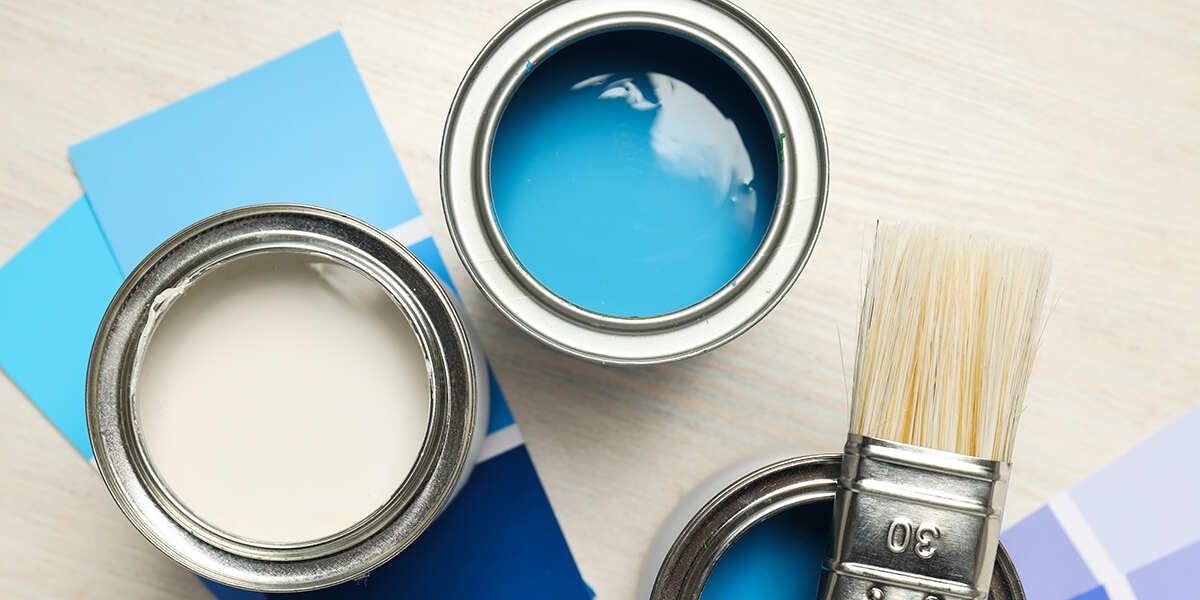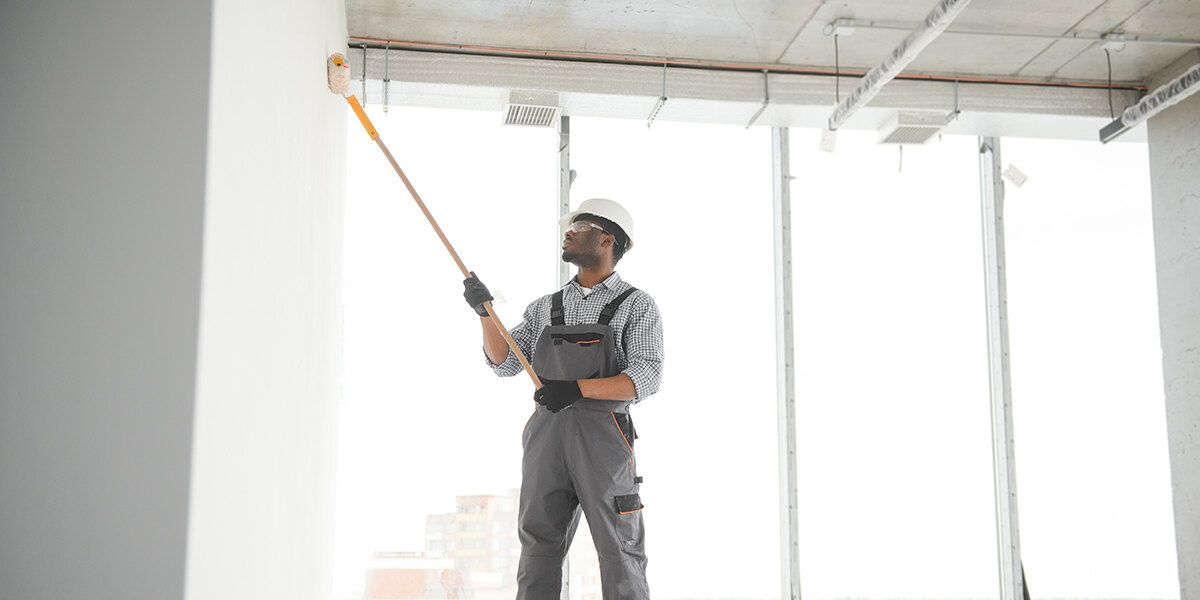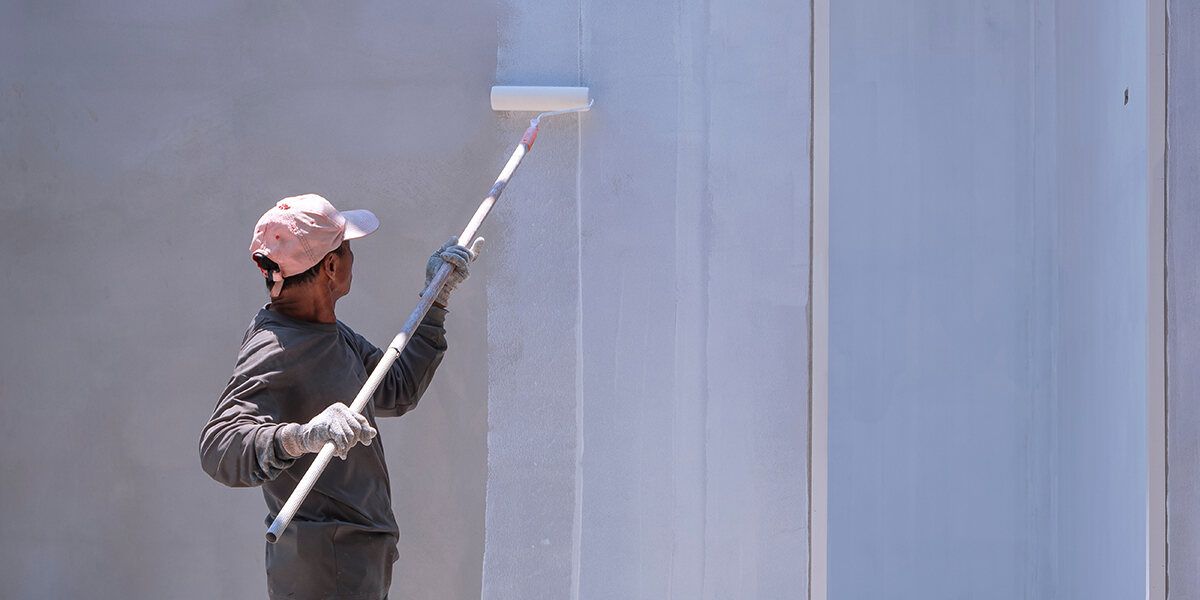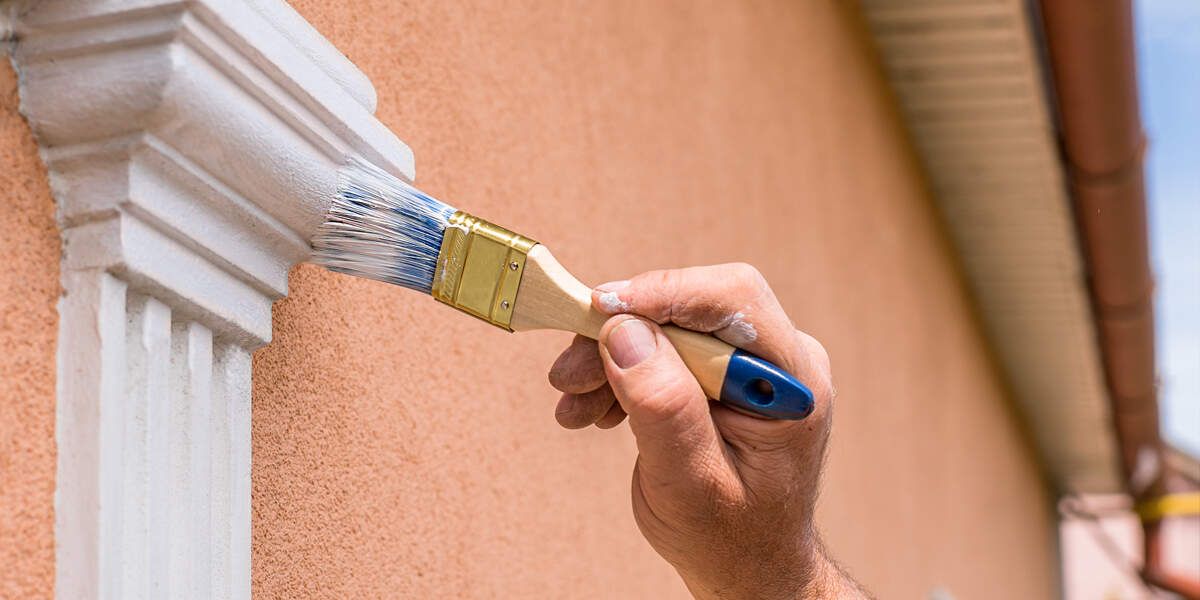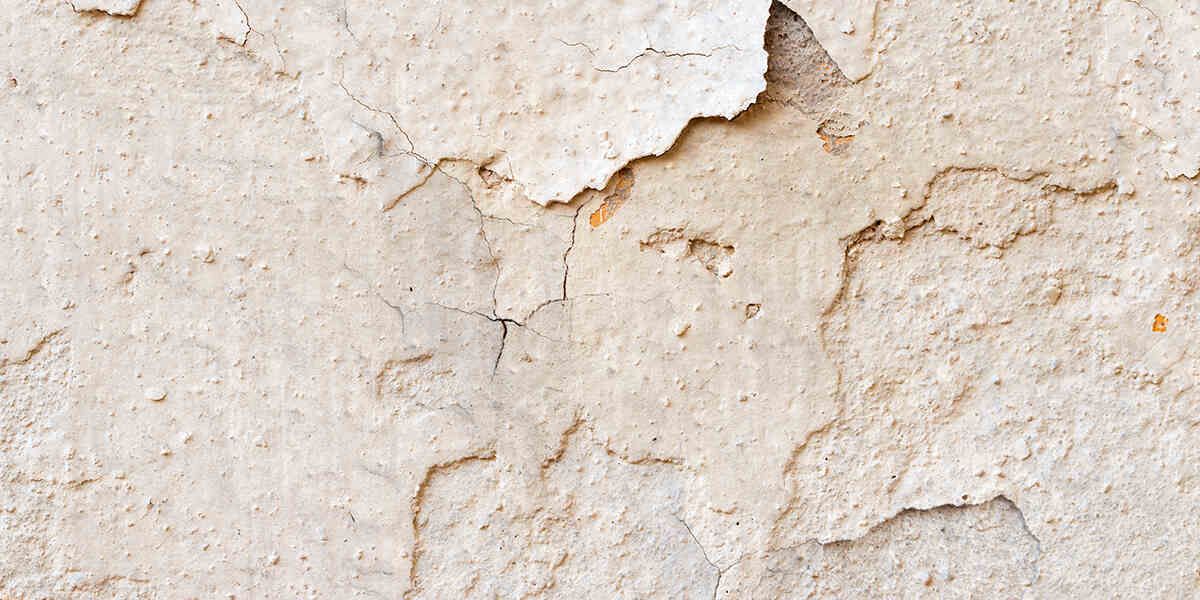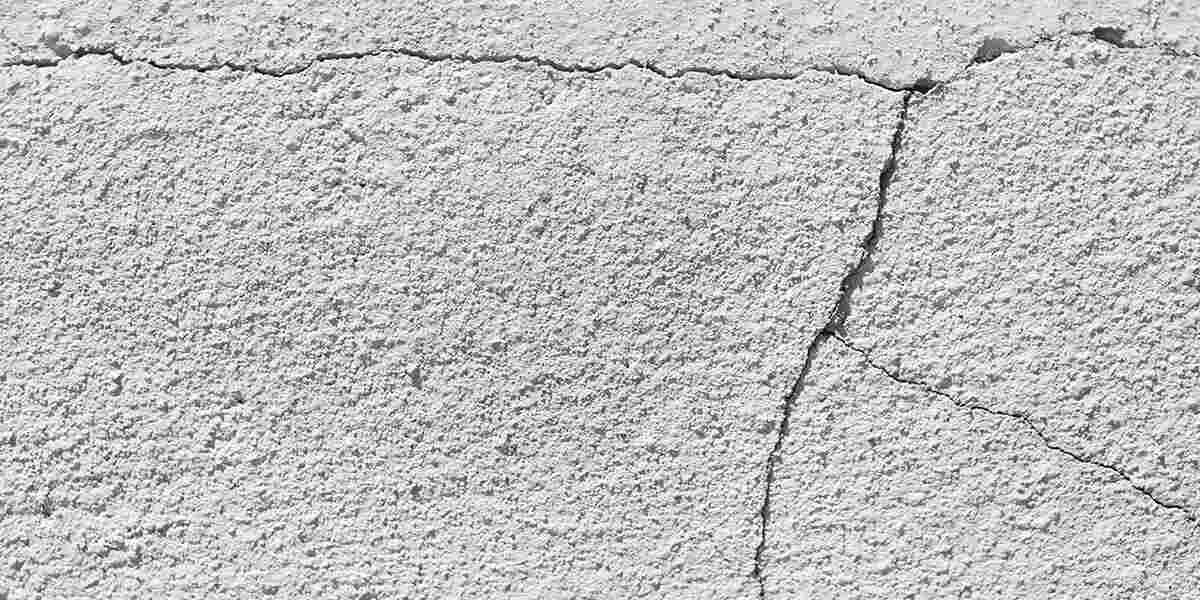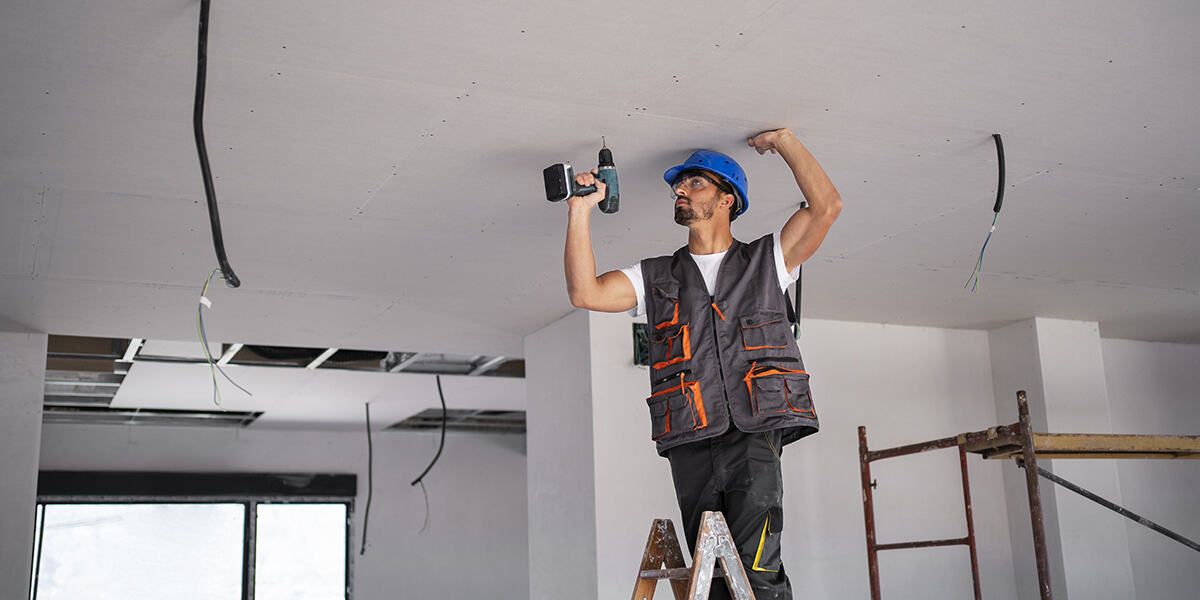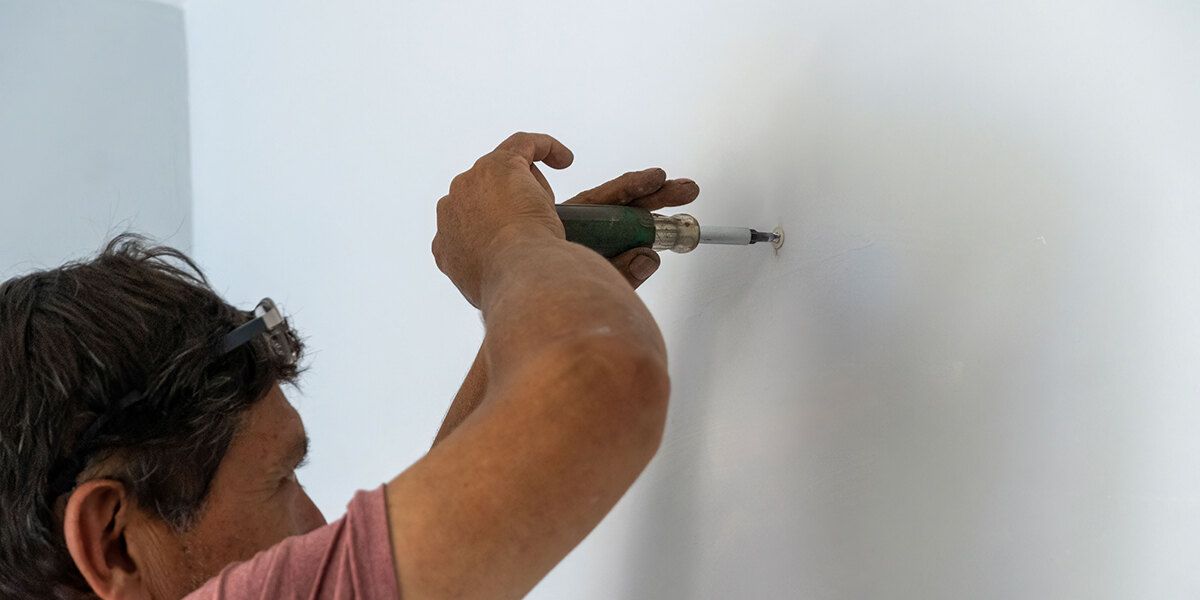Can You Use Exterior Paint Inside?
Maybe you’ve recently painted the outside of your home, and you still have a few extra buckets taking up space in your shed. You’d like to paint your home’s interior, too, and you could save some cash by using what you already have on hand. Can you use exterior paint inside?
You can, but that doesn’t mean you should. Below, our interior painters in Tucson explain why using exterior paint in your house isn’t the smartest choice.
Why Using Exterior Paint Inside Is a Bad Move
You may be tempted to use that can of exterior paint in your house to save some cash, but it’s a temptation you ought to resist. Here’s why.
You Could Sicken Your Family With Toxic Fumes
Exterior and interior paints may look alike, but it’s what’s inside that counts. Because exterior paints need to face challenging conditions in the elements, they’re loaded with chemicals like benzene, xylene, methylene chloride, and formaldehyde.
These chemicals give outdoor paint impressive durability and adhesion, keeping its color bright even after many seasons. However, paints made with these chemicals release toxic volatile organic compounds (VOCs) as they dry and cure.
VOC levels aren’t a problem outdoors, where fumes can drift away on the wind. But inside your house, those fumes have few places to go. They get trapped indoors, and breathing them in can make you and your family sick. You might experience headaches, nausea, and respiratory issues like sneezing and coughing. Long-term exposure can cause kidney and liver damage.
Think you’ll be fine as long as you air out your house after painting? Not so fast. If you use an acrylic latex paint formulated for exteriors, it will continue putting out VOCs well after it dries.
Can you use exterior paint inside? Yes, but if you care about your indoor environmental impact and your family’s health, don’t.
Cleaning the Walls Can Be Downright Impossible
Exterior paint needs to be tough enough to withstand heavy rains and snow for years, which is why virtually all outdoor paints are waterproof. This feature is great when painting the outside of your home, but not so much when painting indoors.
Suppose your little one slathers the walls with spaghetti, and you rush over with a wet rag to clean the mess. But the water beads and rolls off, much like raindrops on a raincoat. If you had used interior paint instead of the stuff made for the outdoors, you could have simply wiped off the stain with no fuss.
There’s No Guarantee of Surface Compatibility
Exterior paint is designed to adhere to wood, brick, and stucco surfaces. If you use it on the wrong surface, you’ll probably be disappointed with the results. The paint might drip, clump, or not stick at all.
Additionally, exterior paint needs sunlight to cure properly. Without sunlight, it could take days for the paint to fully dry, which increases the risk of smudges and scuffs.
Which Type of Paint Should You Use Indoors?
Now that we’ve answered the question “Can you use exterior paint inside?” and (hopefully) convinced you not to do it, which paint should you use in your house? When you’re done reviewing the top home colors and are ready to head to the hardware store, look for latex or oil paint. Latex-based paints are the best pick for large surfaces, like walls, while oil-based paints are good for trim in high-traffic spots such as bathrooms and kitchens.
Interior paints may not be as tough as the exterior variety, but they don’t need to be since they are not exposed to the elements. They are specially formulated to provide even coverage and do a superb job of resisting fading, yellowing, and staining.
Just as you shouldn’t use exterior paint inside your home, avoid using interior paint on its exterior. Interior paint doesn’t include the same waterproofing chemicals as exterior paint and will wash away quickly. Stick with the right paint for the job, and you’ll be pleased with the results.
Let Our Pros Pick the Perfect Paint for Your Home’s Interior
Can you use exterior paint inside? Sure, but we don’t recommend it!
Looking for a top-notch painting company to help with your project? Goodwin & Sons Painting always gets the job done right. We’re happy to help you choose the right type of paint and answer questions like “How much does it cost to paint the exterior of a house?”
Call us at (520) 990-2445 to get your quote today.
